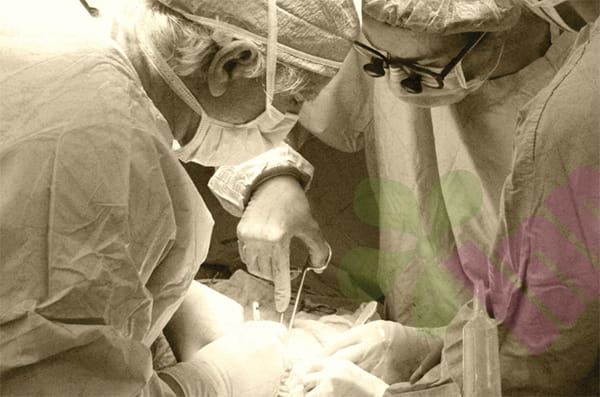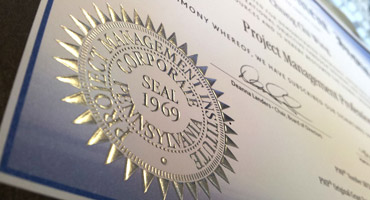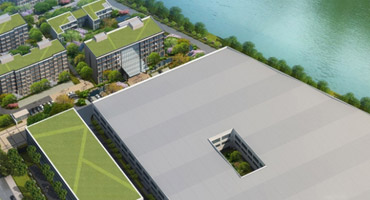During the recovery period after fibroid surgery, many patients may experience lumps, persistent pain, or even ruptures in the wound area. Although these situations are worrying, please rest assured that most of them have clear medical causes and effective coping strategies. Understanding the reasons behind these phenomena and mastering the correct treatment methods is crucial to a smooth recovery.
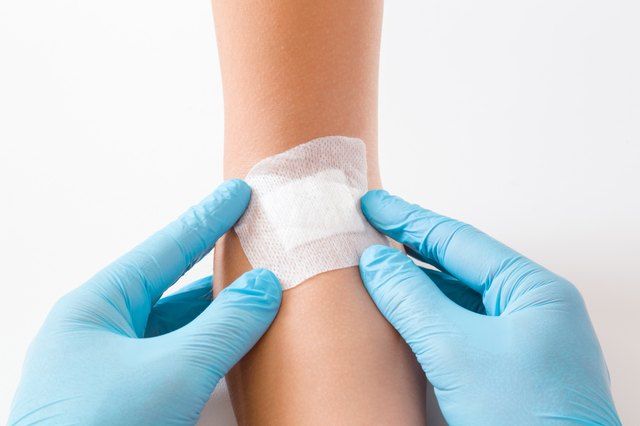
Why do wounds become hard?
- Normal situation: This is the main reason why the wound becomes hard, itchy, and darker in color within the first 1-3 months after surgery. During the wound healing process, the body will start the repair program, and a large number of fibroblasts will gather to synthesize new collagen to fill the wound. In the initial stage of tissue remodeling, the arrangement of new collagen fibers is often dense and disordered, which forms temporary nodules or lumps that we touch. This is a dynamic process: as time goes by, it starts after 3 months. Under the action of enzymes, the collagen fibers will gradually be broken down, reshaped, and rearranged in a more orderly and parallel manner. The lumps will slowly soften, and the color will gradually fade. In most cases, this physiological scar hardening will be significantly improved within six months after surgery.
- Abnormal conditions: If the lump is accompanied by obvious redness and swelling, increased skin temperature, continuous wound exudation, and increased pain, it highly indicates the possibility of local infection or fat liquefaction. Bacteria invade the wound, triggering an inflammatory response, causing tissue swelling and suppuration, and forming an inflammatory lump. It is especially common in the breasts and abdomen, where the fat layer is thicker. The energy equipment or suturing operation during the operation may damage the fat cells, causing aseptic necrosis and liquefaction, forming oily exudate that accumulates under the skin or in the wound, and may feel fluctuating or lumpy when touched. For example, if the blood scab fails to fall off naturally in time after the stitches are removed, it may hinder the discharge of deep secretions and become a breeding ground for bacteria, eventually leading to wound rupture or the formation of deep hard swelling.
- Incomplete repair of deep tissue: The operation not only involves skin suturing, but also requires repair of deeper subcutaneous tissue. When doctors are suturing these deep tissues, in order to reduce dead space or achieve better apposition, local tissue aggregation points may be formed. When touching, you may feel a small, relatively clear-bordered nodule or depression under the skin. This nodule is a normal manifestation of the deep tissue healing process, which usually takes weeks to months and gradually subsides as the internal scar matures and softens, and generally does not cause severe discomfort.
- Be alert to the possibility of fibroid recurrence: Although most postoperative lumps are benign, if the lumps continue to grow, are hard, fixed in position, and painful, especially in the center or near the original surgical area, be alert to the possibility of tumor recurrence. Although fibroids are mostly benign, if they are not completely removed during surgery, there is indeed a risk of in situ regeneration. In this case, clinical palpation combined with imaging examinations is required to confirm the diagnosis.
The following phenomena need to be dealt with promptly:
- When there is too much tension: The joints, inframammary folds, or abdomen are frequently moved, and the skin tension is high. Excessive and premature movement after surgery will repeatedly pull the sutures and cause the wound edges to separate.
- Uncontrolled infection: Persistent infection will dissolve new granulation tissue, destroy the connections that are being formed, and make it difficult for the wound edges to heal or even split.
- Wetting the wound too early: Moisture softens the scab, increases the risk of infection, and may also cause the sutures to loosen prematurely.
- Self-peeling of blood scabs: Blood scabs are the natural protective layer of wounds. Forcible peeling will damage the delicate new epidermis underneath, which may cause cracking or delayed healing. A typical case is: after ankle surgery, the patient peeled off the blood scabs by himself because of itching and discomfort, which caused the incompletely healed wound under the scab to be exposed or even cracked.
- Improper timing of suture removal: Removing sutures too early (insufficient tissue healing strength) or too late (sutures forming foreign body irritation or cutting the skin) may increase the risk of rupture.
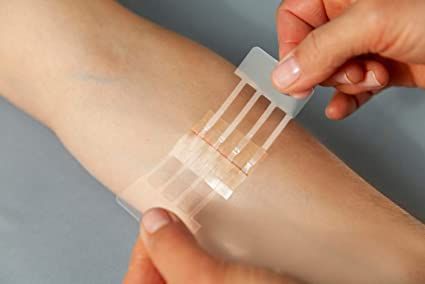
Grading after cracking is crucial:
Shallow dehiscence (separation of only the epidermis):
Treatment principles: keep clean, reduce tension, and promote occlusion.
Steps: Immediately rinse and clean the wound and surrounding skin with sterile saline or mildly diluted iodine. Pat dry or blot dry with sterile gauze. Use Wound Skin Closure, perpendicular to the wound, to gently pull the skin on both sides of the wound together like a zipper to align and stick. Pay attention to the appropriate tightness to avoid excessive tightening that affects blood circulation. Observe the wound daily, keep the area clean and dry, and disinfect on time. If conditions permit, cover with a thin layer of sterile gauze for protection.
If deep cracks occur and subcutaneous fat, fascia, or muscle tissue is exposed, seek professional medical help immediately! This is an emergency.
Emergency measures: Gently cover the wound with sterile gauze or dressings, and avoid stuffing anything into the wound. Go to the hospital emergency room or contact your surgeon as soon as possible.
Although the postoperative wound reactions of fibroid surgery, such as hardening, pain, and even cracking, are worrying, they are mostly stage phenomena or manageable complications in the normal repair process of the body. In most cases, the wound nodules will soften over time, and cracks can be healed smoothly under professional treatment. Please believe in the body's ability to repair, and also pay attention to professional medical guidance. If your wound lumps persist, repeatedly crack, or are accompanied by other abnormalities, please be sure to eliminate the risk of recurrence through necessary examinations to ensure that the hard-earned recovery results are stable and long-lasting.
For more information on Innomed®Wound Skin Closure, refer to the Previous Articles. If you have customized needs, you are welcome to contact us; You Wholeheartedly. At longterm medical, we transform this data by Innovating and Developing Products that Make Life easier for those who need loving care.
Editor: kiki Jia

 English
English عربى
عربى Español
Español русский
русский 中文简体
中文简体